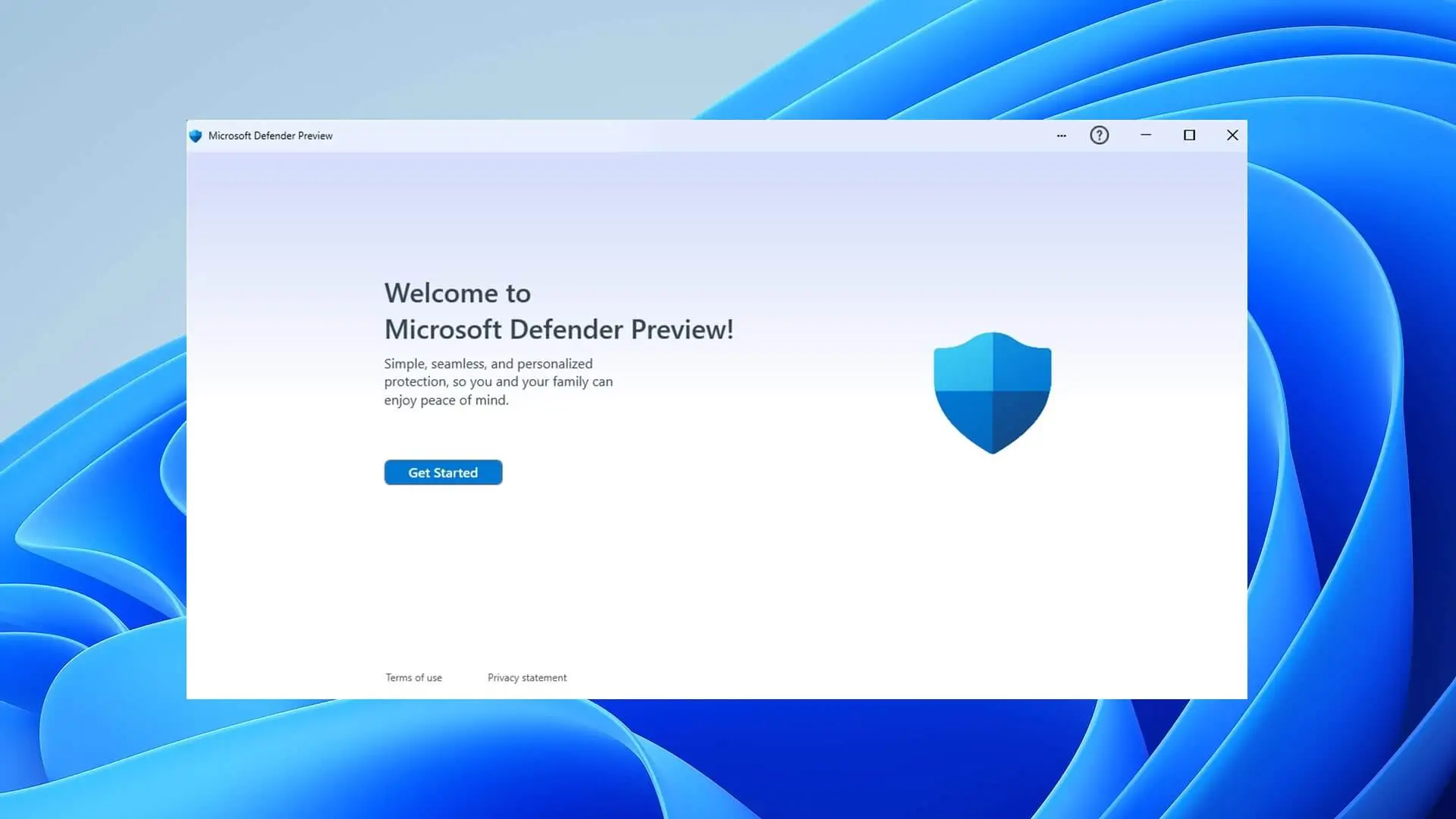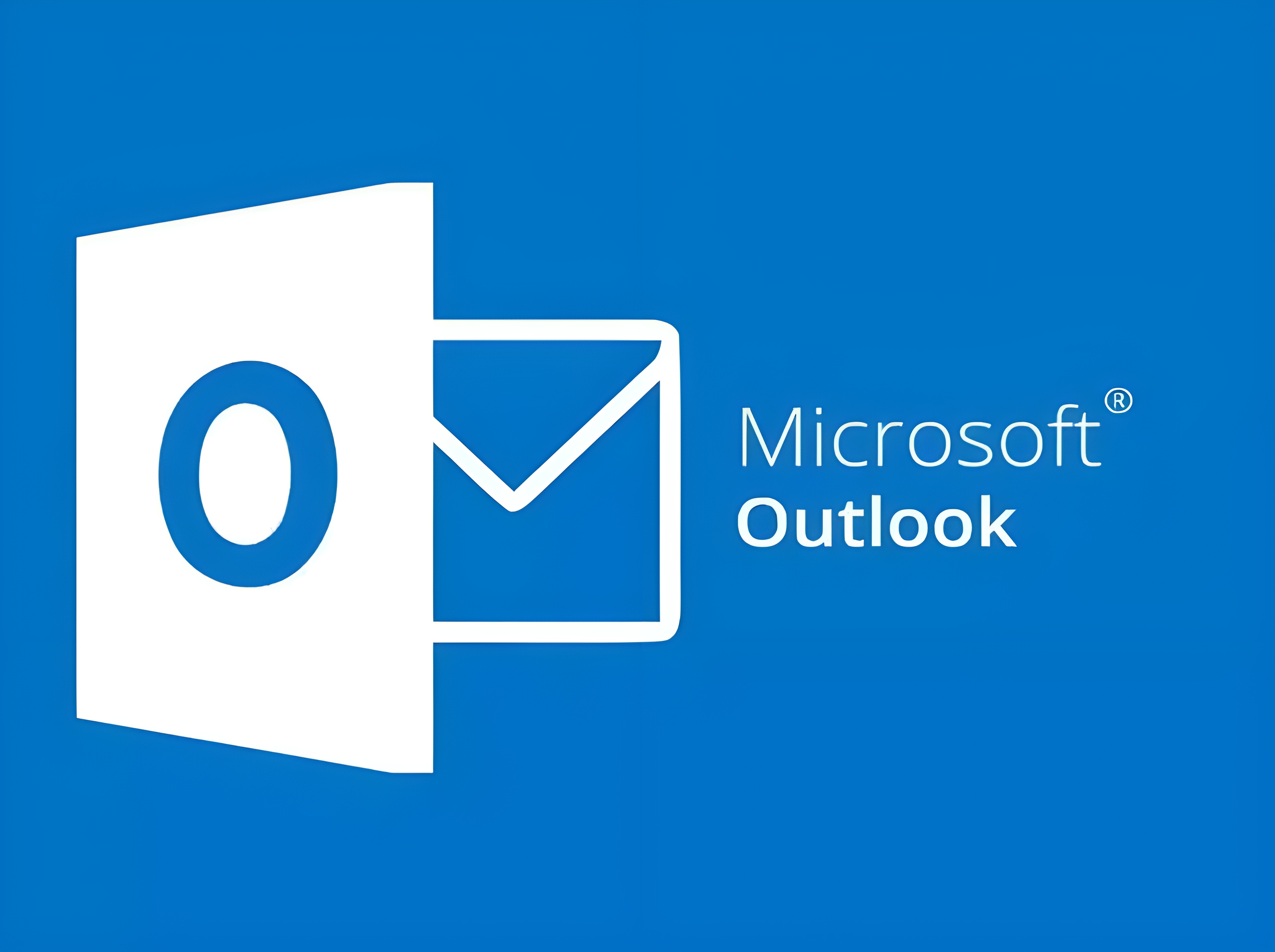Published on May 24, 2025
How to Disable Antivirus in Windows 11: Complete Guide

Windows 11 comes with a better security system than previous versions. However, there are certain situations where you may need to disable your antivirus, especially if you need to install software or make system changes that the built-in antivirus deems risky. This article will guide you step by step on how to safely disable antivirus in Windows 11.
Why Disable Antivirus in Windows 11?
Before we get into the steps on how to disable antivirus, it is important to understand the reasons why you may need to do so. Here are some common reasons:
- Software Compatibility: Some software requires special access that can be blocked by antivirus.
- System Settings or Application Development: Developers sometimes need full access to the system that can be blocked by antivirus.
- Testing Software Security: Some tests may require temporarily disabling antivirus.
Steps to Disable Windows 11 Antivirus
In Windows 11, the built-in antivirus is known as Windows Defender (or Microsoft Defender). Here are the steps you can follow to disable it.
1. Disable Real-Time Protection
Real-Time Protection is a key feature in Windows Defender that automatically detects threats when you open, download, or run files on your computer. You can temporarily disable this feature.
The steps are as follows:
- Open Windows Defender Settings
- Click the Start icon or press the Windows key on your keyboard.
- Type “Windows Security” in the search field, then select the Windows Security application from the search results.
- Open the Virus & Threat Protection Menu
Once the Windows Security application opens, select Virus & Threat Protection from the menu on the left.
- Turn off Real-Time Protection
- Inside the Virus & Threat Protection page, find the Manage settings option under the Virus & Threat Protection settings section.
- Here, turn off the toggle on Real-Time Protection.
Note: Disabling Real-Time Protection will only be temporary. Windows Defender will re-enable it after a while or when you restart your computer.
2. Disable Firewall
In addition to antivirus, Windows 11 also has a firewall that protects your network from unauthorized access. For some needs, you may need to disable the firewall temporarily.
- How to Use Freepik AI: Complete Guide
- Understanding Databases and Their Various Importance
- Dart Tutorial: Complete Guide for Beginners
- What is Blackbox AI: Understanding, Benefits, and Challenges
- How to Resolve Error in Faraday: EXCEPTION of type 'Exception' occurred with message: Unknown error: <class 'Exception'> - Unknown error: <class 'TypeError'> - string indices must be integers, not 'str'
Steps:
- Open Windows Security Settings
Press the Windows key on your keyboard, then type “Windows Security” and open the application.
- Select Firewall & Network Protection
On the main Windows Security page, click Firewall & Network Protection.
- Select the Network Used
You will see three network options: Domain Network, Private Network, and Public Network. Select the type of network that is currently active.
- Disable Firewall
Once you have selected the active network, turn off the Microsoft Defender Firewall option.
Important: Turning off the firewall can make your computer more vulnerable to external attacks, so be sure to turn it back on when you are done.
3. Permanently Disable via Group Policy Editor (For Windows 11 Pro and Enterprise)
If you are using Windows 11 Pro atau Enterprise , you can permanently disable the antivirus via the Group Policy Editor.
Steps:
Open Group Policy Editor Press the Windows + R keys to open the Run window, type
gpedit.msc, and then press Enter.Navigate to Defender Settings In the Group Policy Editor window, navigate to the following path:
Computer Configuration > Administrative Templates > Windows Components > Microsoft Defender Antivirus.Disable Microsoft Defender Antivirus
- Inside the Microsoft Defender Antivirus folder, locate the Turn off Microsoft Defender Antivirus setting.
- Double-click on the setting, and select the Enabled option to permanently disable the antivirus.
- Restart Computer Once done, restart your computer for the changes to take effect.
Note: Once the antivirus is disabled via Group Policy, you will need to manually re-enable it in the same manner if you ever want to use Windows Defender again.
4. Disable Through Registry Editor (For Windows 11 Home)
If you are using Windows 11 Home which does not have access to Group Policy Editor, you can disable the antivirus through Registry Editor. Please note that this method is riskier because incorrect changes to the Registry can affect the system.
Steps:
- Open Registry Editor
Press the Windows + R keys, type regedit, and then press Enter.
- Navigate to Defender Folder in Registry
In Registry Editor, navigate to the following path:
HKEY_LOCAL_MACHINE\SOFTWARE\Policies\Microsoft\Windows Defender.
- Create New DWORD Value
Right-click on the Windows Defender folder, select New > DWORD (32-bit) Value, and name it DisableAntiSpyware.
- Set Value to 1
Double-click on DisableAntiSpyware and change its value to 1 to disable Windows Defender.
- Restart Computer
Restart your computer for the registry changes to take effect.
Important: Disabling antivirus via the Registry will permanently remove real-time protection until you delete or change the value back to 0.
Risks of Disabling Antivirus
Disabling antivirus can give you more flexibility in accessing and controlling your system, but it also has its risks. Without an active antivirus, your computer is more vulnerable to malware, viruses, and other cyberattacks. Make sure you are careful and only download or install software from trusted sources while your antivirus is disabled.
How to Re-enable Antivirus in Windows 11
If you are done with a task that required antivirus to be disabled, it is highly recommended to re-enable it immediately. To enable antivirus, simply follow the same steps and turn on the Real-Time Protection, Firewall options, or delete the registry value you created earlier.
Conclusion
Disabling antivirus on Windows 11 is not difficult, but you should do it carefully and only when absolutely necessary. The steps explained above give you various options to disable Windows Defender, either temporarily or permanently. Make sure to always be careful when using your computer without antivirus active, and immediately re-enable it when you are done to keep your data and system safe.
That’s all the articles from Admin, hopefully useful… Thank you for stopping by…





